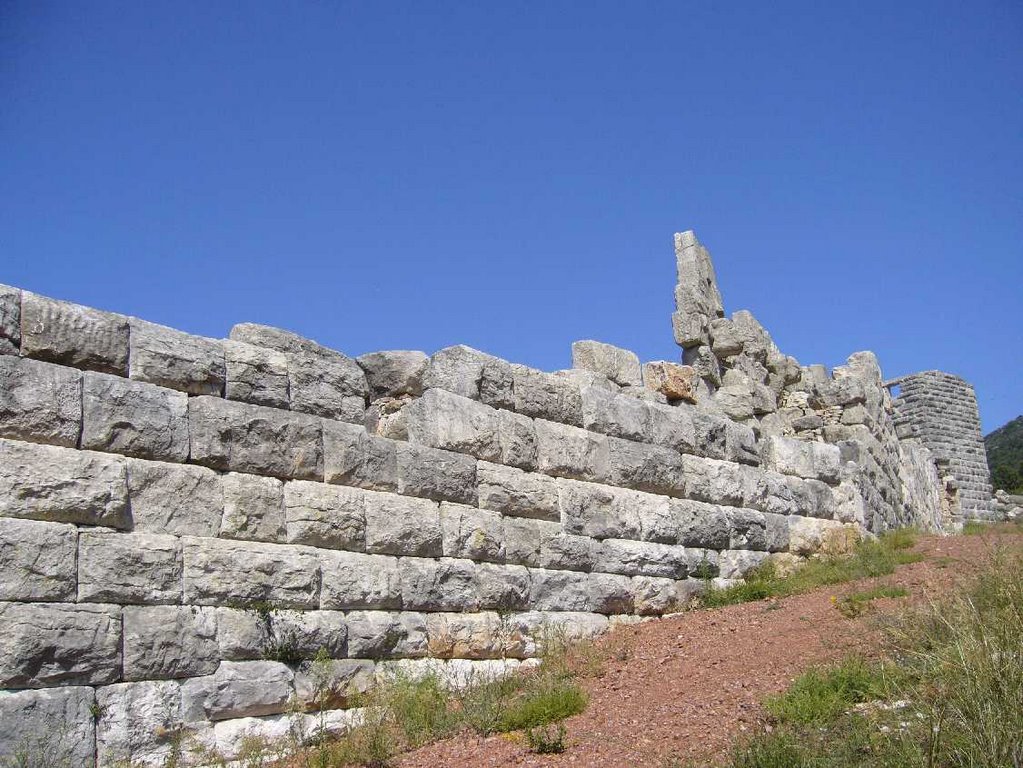The Megalithic Arcadian gate

The megalithic Arcadian Gate is located in the territory once named Arcadia (in ancient Greek: Ἀρκαδία, Arkadía), a historical region of ancient Greece, corresponding to the central Peloponnese and having Tripoli as its capital.
It is named after Arcade, a Greek mythological character.
The Arcadian Gate is an enormous megalithic portal with a circular courtyard placed in between the other side of the gate.
Located 800m along the road from Mavromati village, this unusual portal shows a half-collapsed gatepost that was made with immense megalithic pillars in the style of the Lion Gate at Mycenae.
Flanking the gate is the finest surviving section of the mighty defensive wall allegedly built by Epaminondas, an important military and politician from Thebes, who supervised the building of entire cities.
Over time, the Arcadian Gate has become the symbol of ancient Messene.
The Arcadian Gate was built to guard the passage leading to the ancient city of Megalópoli and was one of the accesses through which one could enter the ancient city of Messene.
To admire around the Arcadian Gate is the unusual and fascinating circular shape of the building, its entrances, the two niches on the sides of one of the entrances, and the ancient and famous Cyclopean walls of Messene.
Ancient Messene was equipped with stunning fortified Cyclopean walls and 30 huge watchtowers.
Traces of the mighty walls of the city of Messene, built in the 4th century BC. C., as well as eight of the towers, can still be seen scattered over a perimeter of more than 9 kilometers.
The constructive style of the walls is the mortarless common way of building used by ancient megalithic civilizations, where blocks weighing tens of tonnes are placed and joined so tight that a sheet of paper won’t fit between two stones.
As a matter of fact, the walls of Arcadia are similar to the many megalithic walls that can be seen throughout the Mediterranean Area.


